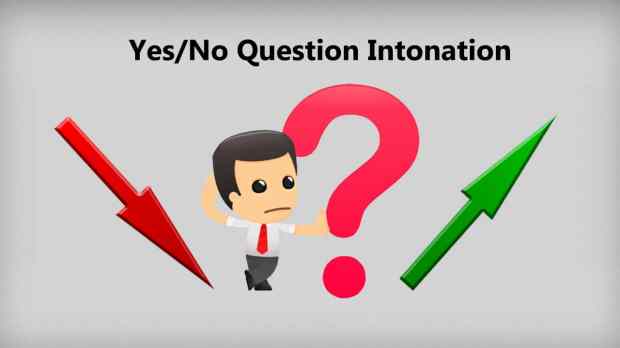A point about intonation and early-creolized Chinuk Wawa =na ‘Yes/No Question’
We don’t hear “=na” much anymore…
And that’s probably why I haven’t previously said this observation about its history so clearly.
(Note: as a linguist, I think of this question marker as “=na“, where the equals sign is a linguistics tradition for marking a word as an “enclitic”. That’s kind of like a suffix, except it attaches after a phrase, rather than onto a single word. Sorta. Also, not super important, here! So I’ll leave out the equals sign now.)

Image credit: English Coach Online
We’ve long known that the Yes/No question marker na in (older, southern, creolized) Chinook Jargon, which I’ve argued comes from SW Washington Salish languages, got replaced by Indo-European- (English-/French-)style intonation.
So now in CJ, a rising pitch towards the end of the sentence shows that you’re asking if something is true or not.
Contained in that statement is an opposition.
Let’s express this straight out —
Presumably, Yes/No questions in earlier Chinuk Wawa (Chinook Jargon), because they used the marker na, did not use any special intonation to show that you were asking a question.
This suggests that the Jargon shared a trait with, e.g., Lakhota (a Siouan language), that Yes/No questions are simply marked by a morpheme that you say out loud — not by a change of tone of voice. In Lakhota, you say Taŋyaŋ yaúŋ he for ‘Are you well’ (functionally ‘How are you?’). This is literally ‘well you.are Yes/No’. Click the phrase to hear a sound recording of a man saying it.
Similar things happen with Chamorro kåo, Japanese か (ka), Indonesian kah, Hindi क्या (kyaa), Spokane Salish ha, the tag li in much of Slavic, Mandarin Chinese 吗 (ma), Arabic ها (hal), and so on. This is very common in the languages of the world.
In Indigenous languages that have this kind of Yes/No particle, I’ve been told by speakers that you don’t need to write a question mark on such sentences. That thought, too, suggests that a hearer already knows a question is happening, without needing a written “?” to cue their sense of intonation.
I’d like to add to my thinking about the history of “na”.
I suggest there likely was a transitional period when “na” occurred along with rising intonation.
Before the intonation strategy had become dominant, there almost certainly had to be a time of variation between the two ways of shaping Yes/No questions.
Bonus fact:
Lakhota’s he, and earlier Chinuk Wawa’s na, show up beyond the realm of Yes/No questions.
In Lakhota, you ask “content questions” — the kind that parallel English “who, what, when, where, how, why” — along with Yes/No marking. Lakhota says Tókheškhe yaúŋ he is literally ‘how you.are Yes/No’.
And Chinuk Wawa, too, used to say things like Ikta na ukuk sax̣ali-tayi for ‘what is God?’, literally ‘what Yes/No this sky-chief’.
Again, similar stuff goes on with the additional languages I’ve mentioned above!
